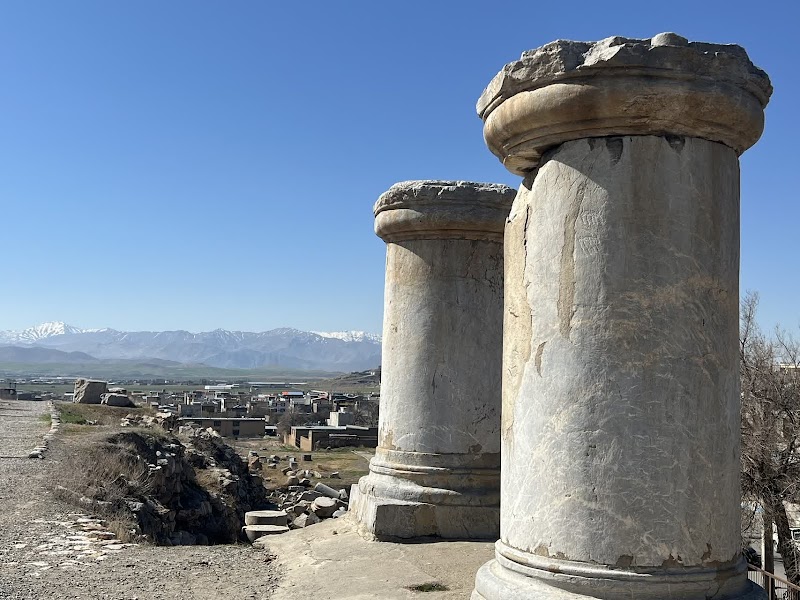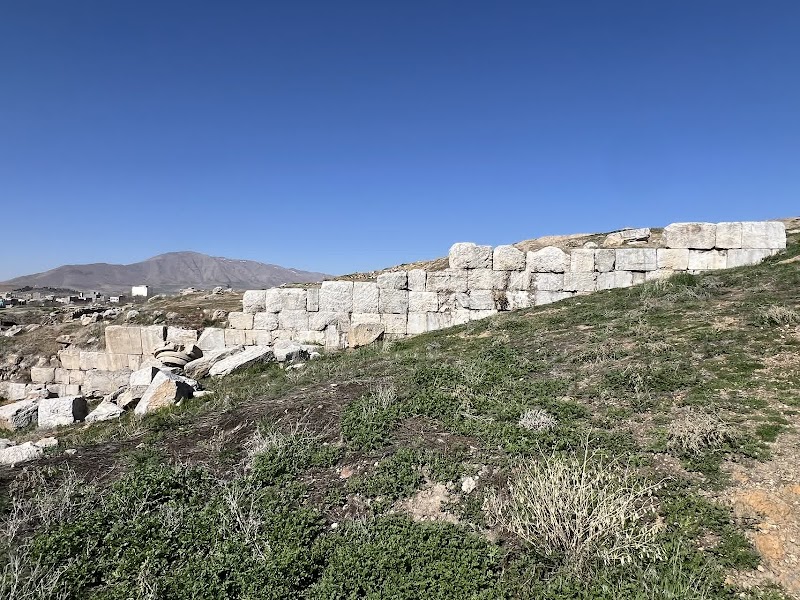Investors
Oops! Something went wrong while submitting the form.




Nestled in the heart of Kermanshah, Iran, the Temple of Anahita in Kangavar offers travelers a remarkable glimpse into the region's rich ancient history and cultural heritage. This archaeological site, thought to date back to the Parthian or Sassanian eras, stands out as one of the best-preserved religious monuments linked to the worship of Anahita, the ancient Iranian goddess of water, fertility, and wisdom. Frequent travelers and history enthusiasts who plan a trip to Kermanshah, Iran, will find this temple an enriching activity that combines education and exploration.
The Temple of Anahita is located in Kangavar, roughly halfway between the cities of Kermanshah and Hamadan. This positioning makes it easily accessible for travelers flying to Kermanshah, Iran, or exploring the wider region. The site features impressive stone columns and a terraced platform that hint at the grandeur of its original construction, even though much of the structure exists now as ruins. Visitors who enjoy activities in Kermanshah, Iran, often highlight the temple as a must-see for its blend of architectural significance and peaceful surroundings, a perfect spot for reflection and sightseeing.
For those considering things to do in Kermanshah, Iran, the temple offers a unique and affordable historical experience. Unlike many modern entertainment or shopping venues, visiting the Temple of Anahita typically involves a low entrance fee, making it one of the cheap activities in Kermanshah, Iran. This appeals especially to travelers who are budget-conscious but still want an engaging activity with cultural and historical depth. The surrounding landscape also invites cheap activities such as hiking or photography, allowing visitors to extend their visit without incurring additional costs.
An added advantage is the temple's location along major travel routes in western Iran, making it convenient whether arriving by a domestic flight to Kermanshah or traveling overland. This accessibility simplifies logistics and offers a refreshing alternative to more crowded tourist spots. Visitors can combine their temple visit with other activities in Kermanshah, Iran, including exploring local bazaars, tasting regional cuisine, or visiting nearby historical sites for a full-day itinerary rich in discovery.
Planning such a trip gets easier with the help of modern tools like an AI travel agent or a trip planner app, which can suggest the best times to visit, find cheap flights to Kermanshah, Iran, and organize an itinerary packed with affordable activities. AI travel technologies also provide real-time updates on accessibility and can recommend nearby attractions to maximize the value and enjoyment of the journey.
In summary, exploring the Temple of Anahita in Kangavar offers a deep dive into Iran's ancient past amid a scenic setting that suits travelers looking for meaningful and budget-friendly activities. Its strategic location near Kermanshah city makes it an ideal destination for visitors seeking rich cultural experiences coupled with the convenience of a well-connected area. Whether you're a frequent traveler or someone passionate about historical sites, adding the Temple of Anahita to your itinerary guarantees an enriching journey filled with history and adventure.